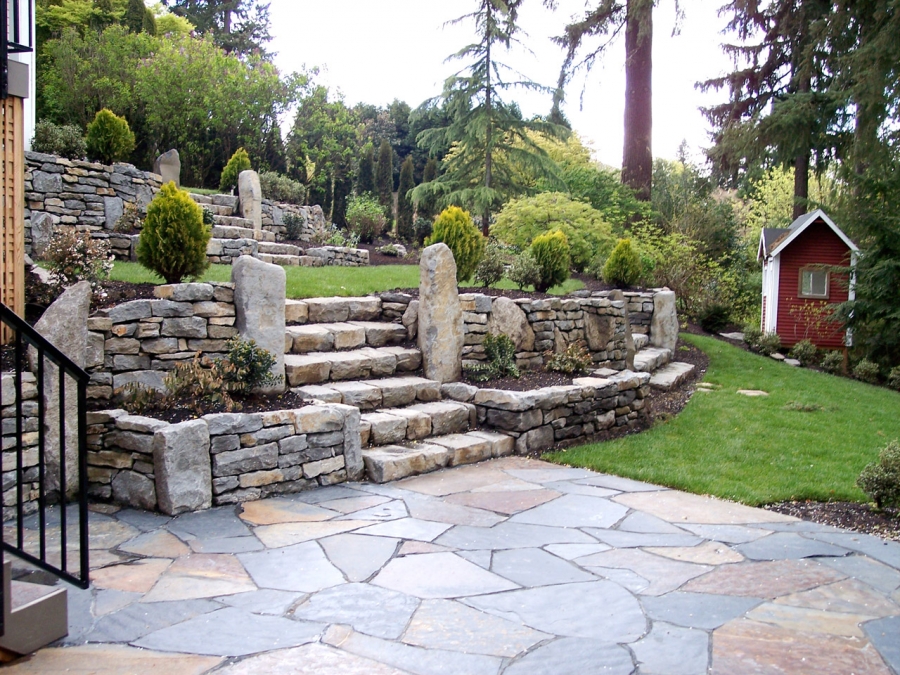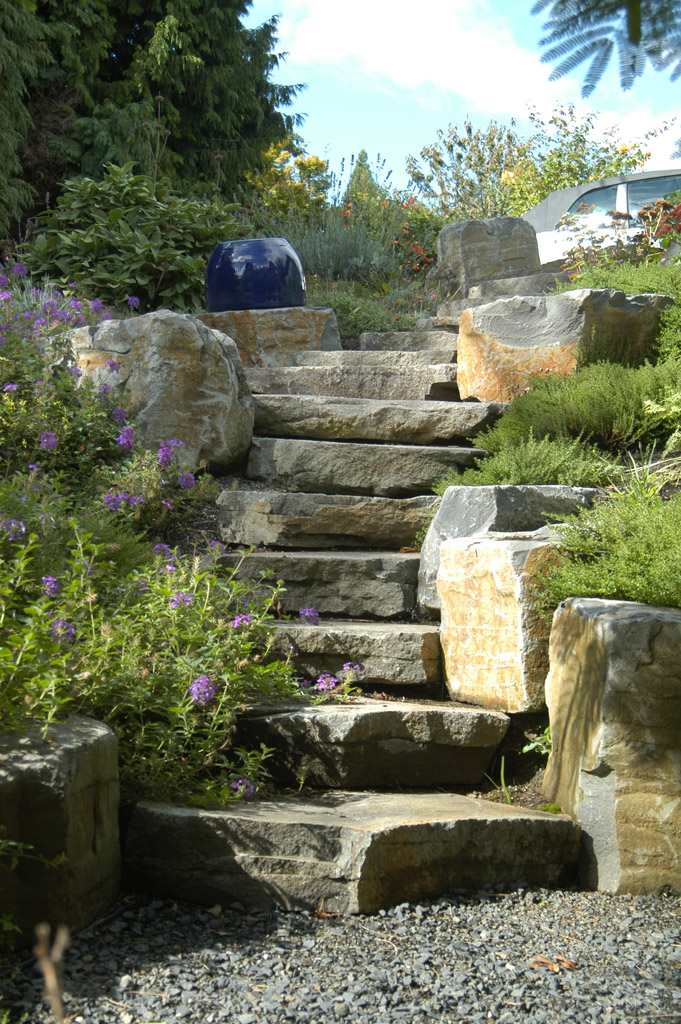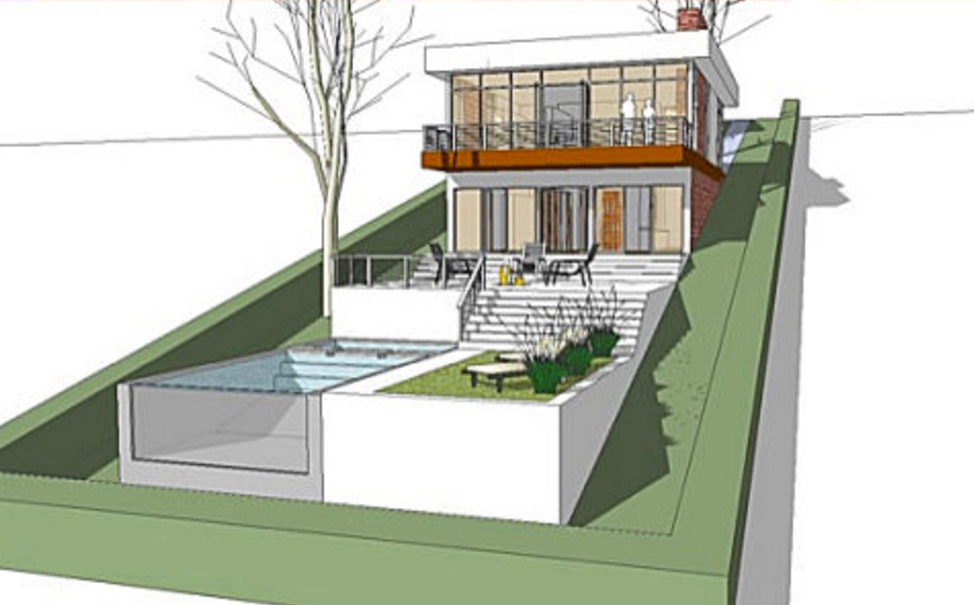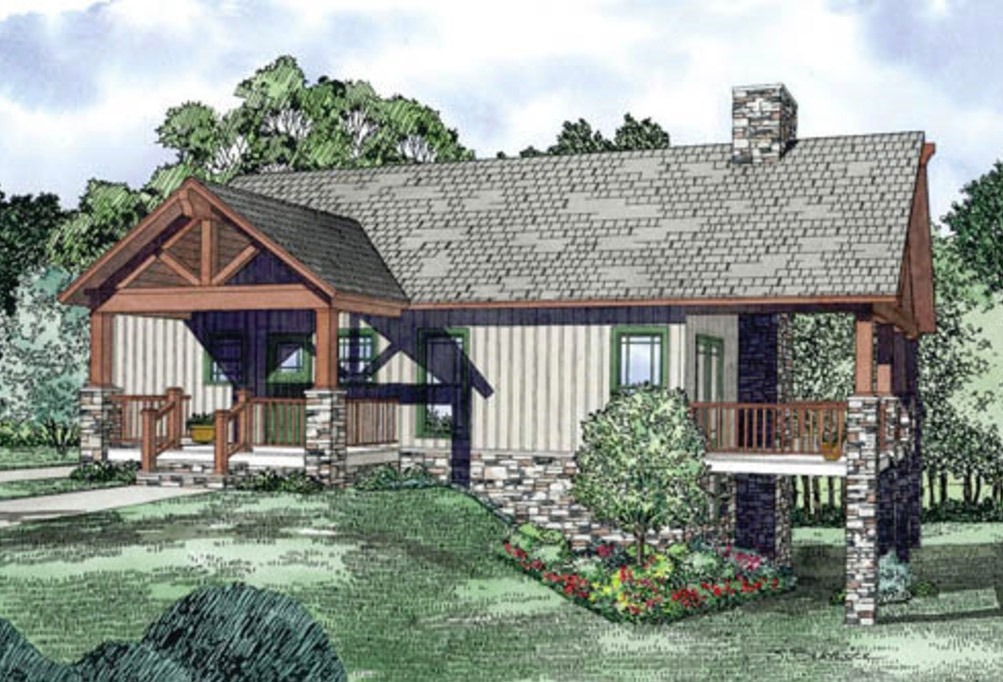Landscape and Design Tips for Challenging Lots
Big, small, hillside, or sloped – landscape design can pose a conundrum when your lot is less than cooperative.
 Image courtesy of Landscape East & West
Image courtesy of Landscape East & West
Yet within every challenge lies an opportunity. If you’re struggling to landscape a difficult yard, you may simply need to get a bit more creative in order to transform your challenging lot into a brag-worthy retreat. Below, we offer landscape and design tips for working around some of the most common types of difficult lots.
Small Yards
When you have a small landscape, the minor details count – anything incomplete or neglected will become an obvious eyesore. As you plan the landscape and design of your lot, think about how you can make the most of its small dimensions by utilizing the entire yard.
Instead of compartmentalizing your yard into a patio, lawn, and garden, think about the most important features you’d like to have, and try to place them toward the corners of the lot. For example, the space next to your sliding glass door may contain a seating area with a small water feature surrounded by dwarf tree varieties. In another corner of your lot, you may install a vertical garden along with a couple of garden beds for vegetables.

Other ways to maximize your space and make your yard look bigger include:
Planting bright colors toward the front,
Using a decorative item as a focal point, and
Breaking up the small lot into different spaces using flowerbeds or low walls.
Large Yards
Large lots pose a challenge because the elements you add need to look balanced, well delineated, and coherent. Some of the simplest ways to take advantage of a large yard include dividing the lot into different outdoor “rooms”, using a selection of native plants and grasses that look great in every season, adding focal points, incorporating tiered planting spaces, and planting larger trees throughout the property.
As you plan the outdoor rooms you’d like to incorporate, think about placing them in the farthest corners of the lot first. Then, if you have enough real estate, add additional rooms along the perimeter and in the center of the space. Outdoor rooms can include a kitchen, in-ground pool, themed garden (for example, a pizza garden with herbs or a butterfly garden with colorful flowers), space for the kids to play or a conversation area with a large sculpture as a centerpiece.
Other ideas to consider:
Add retaining walls to create a terraced space that adds visual interest.
Incorporate ground cover, shrubs and background plants.
Use ornamental grasses to soften the look of walls.
Add tiered planting arrangements that include large trees toward the back, shrubs and tall grasses in the middle, and perennials and dwarf shrubs in the front.
Break up monotony with accent trees, a mix of materials or a bold accent.

Sloped and Hillside Lots
Hillside lots or those with a large slope tend to give homeowners the biggest headaches. A landscape design service or a landscape architect can serve as a great ally because the experts know which plants thrive in your area, how to work with the soil composition, the best materials to use and the safest ways to alter the slope of the lot.
The first consideration with a sloping landscape and design is to preserve any views you might have – a blocked view can decrease your home’s value. If you want to enhance your vista by getting rid of some trees, think twice. Trees with large root systems may contribute to keeping the earth around your home in place. In lieu of cutting down trees, have a landscape maintenance service regularly cut back or thin the canopy.
Instead of leveling a slope, which can compromise the stability of the ground, consider adding a series of shorter terraces with retaining walls. Ideally, your property should have a slope of 3:1 or greater so you can incorporate a larger variety of plants and decorative features. You’ll also have fewer problems with water runoff and erosion, and you’ll be able to mow your lawn and walk across your property with greater ease. Materials that landscape architects often use for retaining walls include interlocking blocks, natural stones, wood, brick, and poured concrete. It’s essential to use professional help when adding retaining walls onto your property to make sure the footings keep the structures erect and ensure proper drainage.
As you work on your sloped lot:
Consider the areas that receive the most sun and wind,
Add a tilted garden with plants that require little to no maintenance,
Create a series of flat, terraced surfaces so you’ll have more plantable space,
Add beauty to your retaining walls with cascading vines and ground cover,
Install retaining walls that double as bench seating, and
Use plants that don’t need a lot of water to cover “bald” spots where grass won’t grow.
A challenging lot doesn’t have to limit your creativity. By thinking outside the box, you can figure out how to use the space to your advantage and create a landscape your neighbors will envy.


Landscape East & West
Landscape East & West is an award-winning, full-service landscape and design company based in Portland, Oregon. Landscape East & West specializes in landscape maintenance and design services, including outdoor kitchen design, retaining walls, and more.
Website: www.landscapeeast.com/









